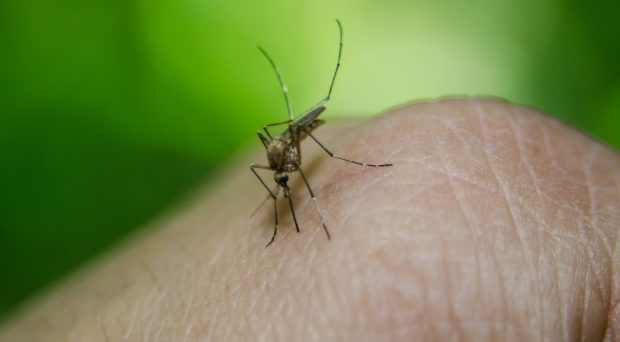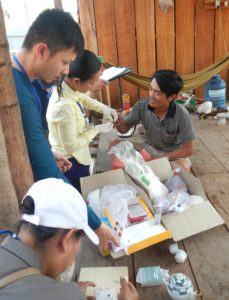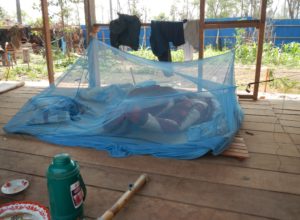
However, in recent years, in the Greater Mekong Sub-region, there continue to be risks for malaria outbreaks, despite the impressive reduction of malaria morbidity and mortality. Such was the case in Lao PDR, in late 2012/early 2013 where malaria cases have been steadily increasing particularly in the southern provinces of the country bordering with neighboring countries.

Recently, with Lao PDR anticipating rapid economic development, upgraded transport infrastructure, and the Association of South East Asian Nations ASEAN moving towards regional integration, the country will continue to experience upward trends in population movement. The experience of large volumes of migration in Lao PDR is both within and between countries.
The jobs offered to migrants and mobile population were, and still are, deforestation, wood extraction, cattle ranching, agriculture, and road and dam building. The increased forest-related activities, rubber plantation farms and private companies attracted mobile and migrant workers to find job opportunities in the malaria endemic areas. For instance, the hydropower dam projects in Attapeu alone involved an estimated 4000–5,000 workers at the peak of the construction phase in 2012.
Although there are many positive aspects of migration, migrants are frequently marginalized, live and work in poor conditions, and lack access to health information and quality health care. The movement of populations within and between malaria-endemic areas is also believed to be a contributor to the spread of antimalarial resistance.

In December 2016 a Masters student, undertaking a joint project with the Lao Pasteur Institute in a remote malaria endemic village close to the forest in Sepone, found that the malaria incidence in the village was still high, affecting many infants, young children, and pregnant women.
“Frequent travel into the forest, lack of protective measures against malaria vectors while in the forest and hard to access health services were the most common factors. In addition, different ethnic minority groups and languages that were spoken made communicating health messages extremely problematic”. In two rounds of screening of surrounding villages, 307 villages were tested using an RDT and 72 of them were found to be positive for plasmodium falciparum.
‘We are intensifying measures in the south of the country” says Dr. Bouasy Hongvanthong, the director of the national malaria program in Lao PDR. “We are improving access for these remote and forest going populations beyond their village setting, through the set up of Malaria Posts and mobile teams to test and treat people as soon as they have symptoms of malaria. We are intensifying efforts as well to improve private sector access through our public-private mix (PPM) strategy involving private registered pharmacies and clinics, especially in the southern provinces”.
In this review, we attempted to describe the challenges the Lao health system faces in a malaria control program towards malaria elimination. In particular, addressing population mobility and border health issues.
We proposed that bolder investment in social sector spending should be geared towards improving health service provision and utilization, ensuring equitable access to primary health care (including malaria) through efforts to achieve universal health coverage targets.

Existing and new interventions for outdoor transmission of malaria, especially in forest settings, for high-risk groups including short- and long-term forest workers and their families, mobile and migrant populations, as well as the military must be combined into integrated packages with innovative delivery mechanisms through social marketing approaches. This should happen at multiple points in the mobility pathway and involve the private sector rather than being fully reliant on the national malaria vertical program.
Comments